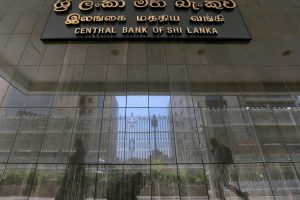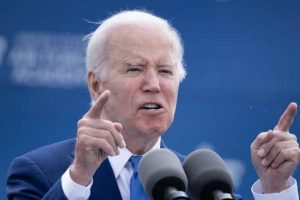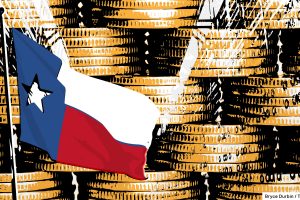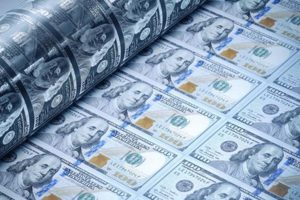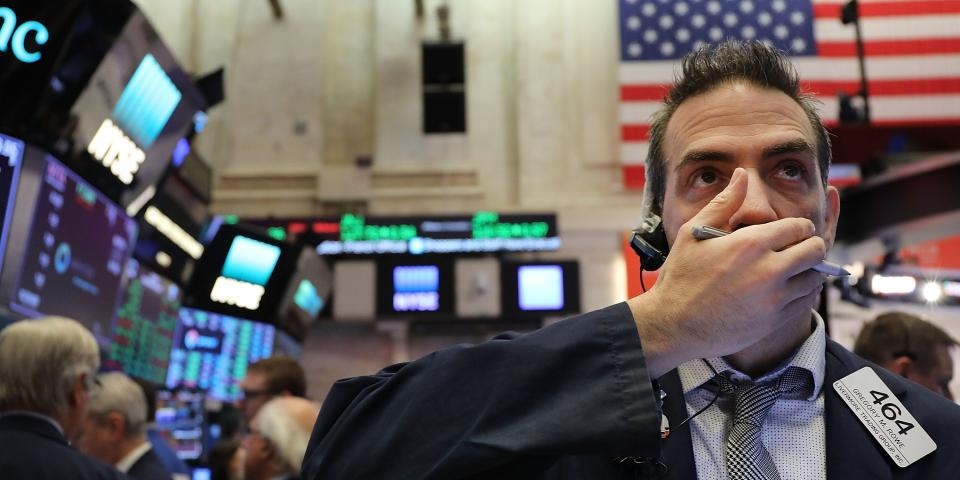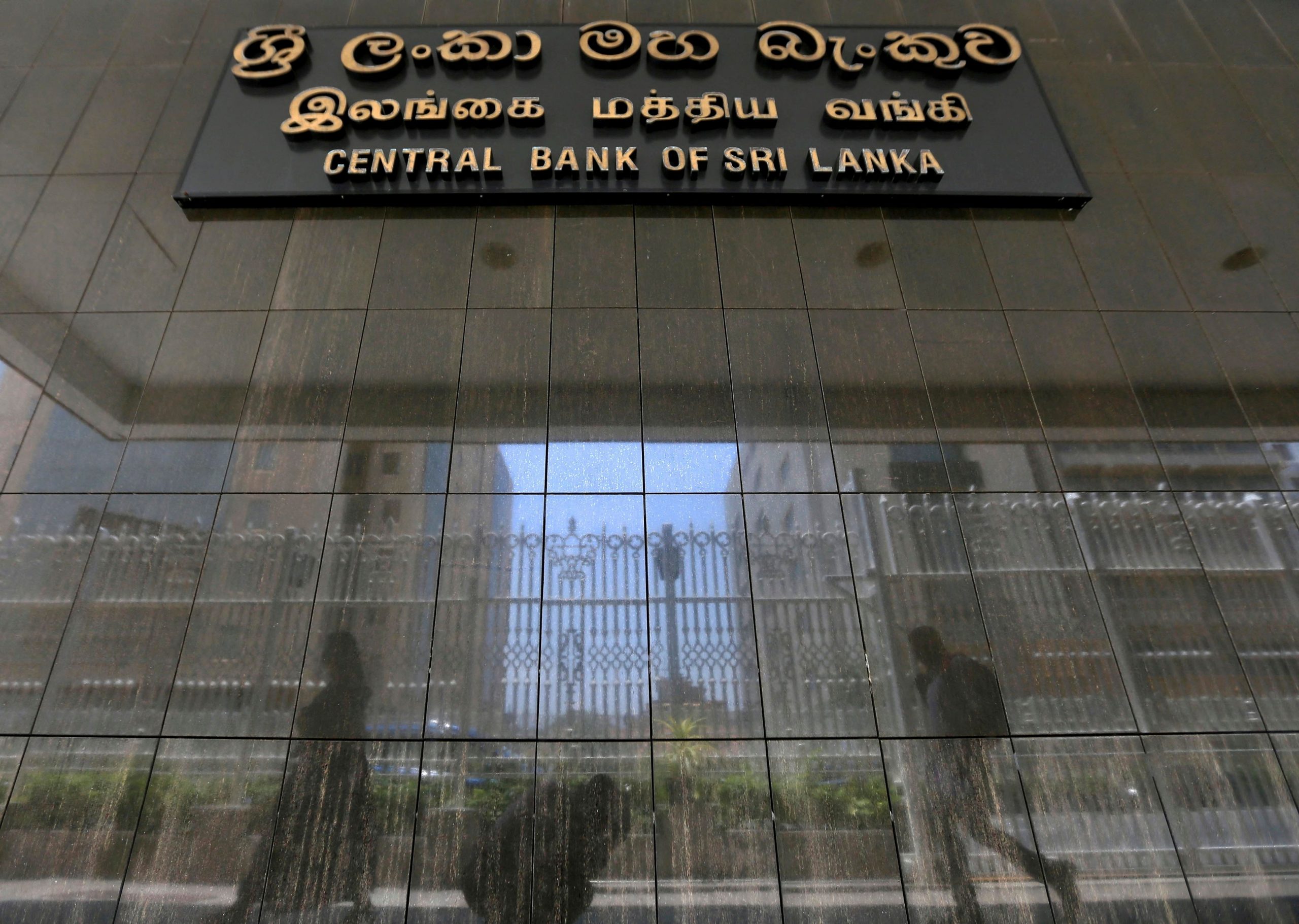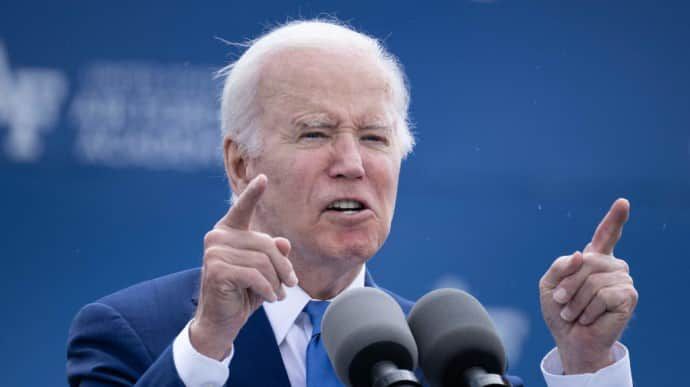Bond market traders are increasingly skeptical that the Federal Reserve will alleviate tightening monetary policy with rate cuts this year. The change in sentiment, which last week pushed the likelihood of a quarter-point rate hike in the coming month to a peak of 40%, is set to confront a wave of data in the upcoming week that will assess the health of the economy.
A potential curveball in this dynamic is the ongoing negotiations in Washington regarding raising the debt limit to prevent a potentially disastrous default as early as the following month, a situation that would almost certainly compel the Federal Reserve to adjust its trajectory.
In recent days, the bond market has found itself torn between the forces of a surprisingly robust economy and the looming political impasse in Washington, which could deliver a significant blow to economic stability. Until the debt-ceiling talks hit a snag on Friday, traders were largely centered on the mounting risk of even higher rates. This concern was fueled by warnings from central bank officials that the task of subduing inflation is far from complete, along with data illustrating a faster-than-anticipated pace of economic growth.
“Markets are trying to look beyond the debt ceiling and focus on the economy, inflation, and how it influences the Fed,” said Jack McIntyre, portfolio manager at Brandywine Global Investment Management. The key question, according to McIntyre, is whether the Federal Reserve will pause and then hike rates again, or eventually resort to a cut.
Navigating these uncertainties, however, is fraught with challenges. As McIntyre puts it, “There’s a fine line between being patient and being wrong.”
This tension is sustaining a period of exceptional volatility and uncertainty in the bond market, as the Federal Reserve evaluates the impact of its most aggressive interest-rate hikes in decades.
A strong market rally in March, fueled by speculation that banking sector failures would trigger multiple rate cuts by the year-end, has given way to shifting expectations. As turmoil within the banking industry has subsided, traders on Friday were predicting roughly two quarter-point cuts by December and about a 25% probability of a hike at the June meeting. Just two weeks prior, the market saw no risk of such a move the following month.

According to Daniel Mulholland, head of rates sales and trading at Crews & Associates, “The market seems to be pricing in a sort of soft-landing scenario now.” He adds that the previously anticipated Federal Reserve rate cuts were likely unwarranted, and that with the Federal Reserve’s “tough talk,” a pause in rate changes wouldn’t come as a surprise.
The economic strength will certainly be brought to the forefront if the Biden administration and Republicans in Congress reach an agreement to raise the debt limit, thereby averting the risk of an unprecedented debt default that would unsettle global markets. However, optimism for such an agreement ebbed on Friday as Republicans exited a closed-door negotiation meeting shortly after it began, leading to a postponement of the discussions.
Treasury yields have surged to their highest levels since mid-March, with the 2-year tenor peaking at 4.35% on Friday, up from a low of 3.55% in late March. Similarly, the 10-year yield hit 3.72% this week, its highest in over two months.
The risk for bullish traders is a potential market selloff if incoming data does not indicate a sufficient slowing of the economy to curb still-elevated inflation levels.
Furthermore, as rates across Treasuries remain well below the Federal Reserve’s current policy band of 5%-5.25%, even a halt in its rate hikes the following month may not be enough to alleviate market pressure.
Opinions among Federal Reserve officials remain divided over the next course of action, with some leaning towards a pause while others suggest further tightening is required to guide inflation towards its 2% target. On Friday, Fed Chair Jerome Powell signaled a preference for holding rates steady next month, stating that the central bank has some leeway to monitor the impact of its decisions given the uncertainty about the economy’s path.
“While a rate hike in June is possible, the Fed is more likely to ‘skip’ hiking this coming meeting with potentially one or two dissenters voting in favor of a hike,” says Derek Brown, head of fixed income at Beutel Goodman, an investment management firm. This would, in his opinion, “allow the Fed more time to assess whether policy is sufficiently restrictive while maintaining the optionality to hike further if necessary.”
As the dynamics unfold, all eyes will be on the upcoming economic data and Federal Reserve calendar, which includes events such as non-manufacturing data from the Philadelphia Fed, purchasing manager indexes, new home sales data, and various Fed Presidents’ speeches. The next week will certainly provide critical insights into the future trajectory of the bond market and, indeed, the global economy.
©traders-news.online
